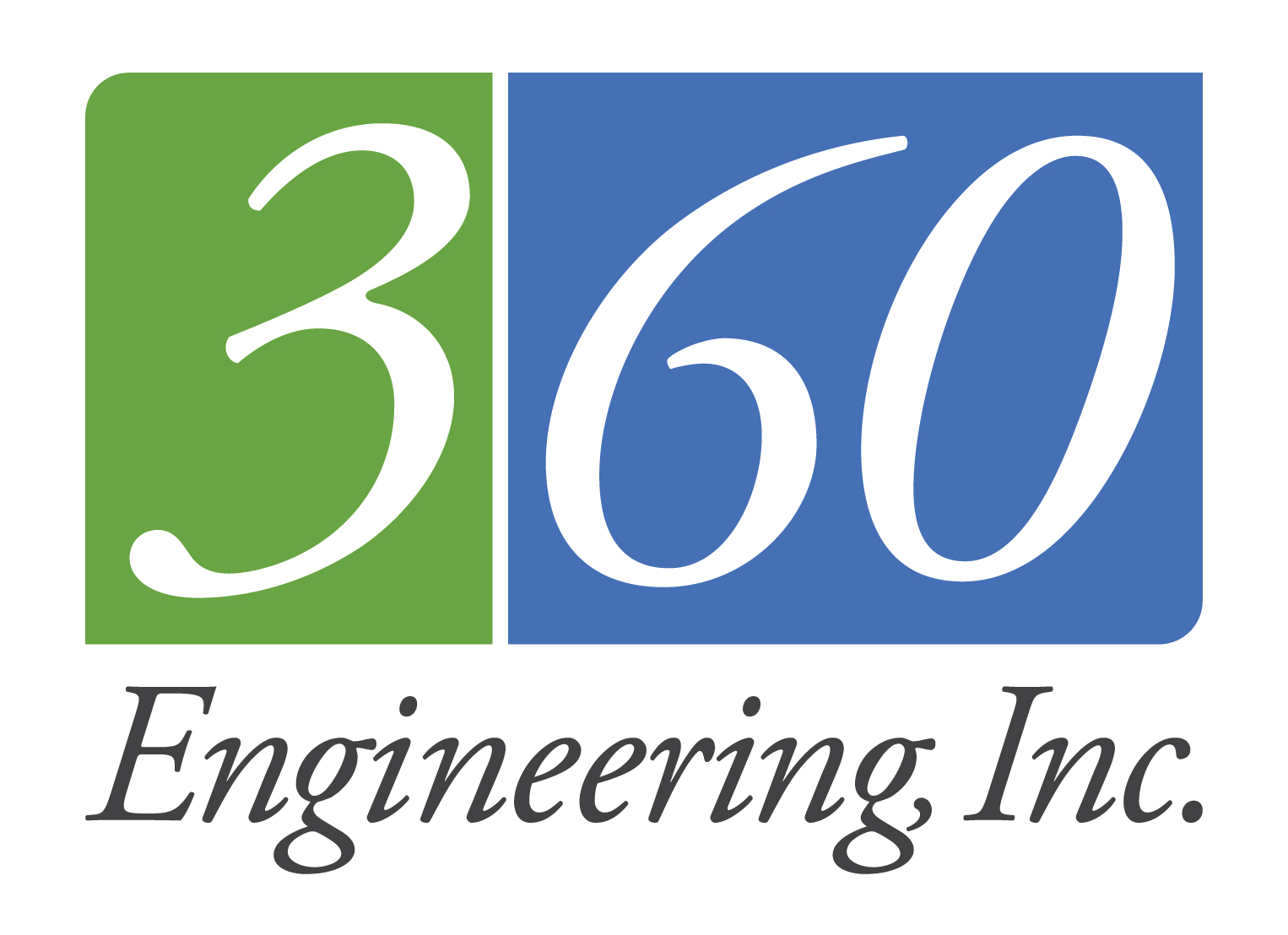With over 100,000 square feet of floor space and thousands of feet of piping within the historic State Capitol building, 360 Engineering approached the project from a systematic analysis perspective. The engineering team was on-site locating piping systems from the subbasement up through the floors above to the attic space. The team utilized the original engineered drawings at the starting point for the project along with any documentation for renovations to help establish main line locations. These locations were not taken for granted and were the first ones verified in the field. The piping systems evaluated included the steam, condensate return, domestic cold water, domestic hot water, waste line, vent lines, and storm drain. Each system presented challenges ranging from the steam lines concealed in walls to the domestic water lines starting and stopping between floors. Utilizing thermal cameras the team was able to identify locations where steam piping was located in the concealed walls,
The piping systems evaluated included the steam, condensate return, domestic cold water, domestic hot water, waste line, vent lines, and storm drain. Each system presented challenges ranging from the steam lines concealed in walls to the domestic water lines starting and stopping between floors. Utilizing thermal cameras the team was able to identify locations where steam piping was located in the concealed walls, effectiveness of the steam radiators to heat, and locations where potential steam leaks are occurring in the walls.
As part of the overall project, the team is currently inputting the field information into a REVIT model for use on future projects.
HIGHLIGHTS: • Historical • Steam System • REVIT Model

